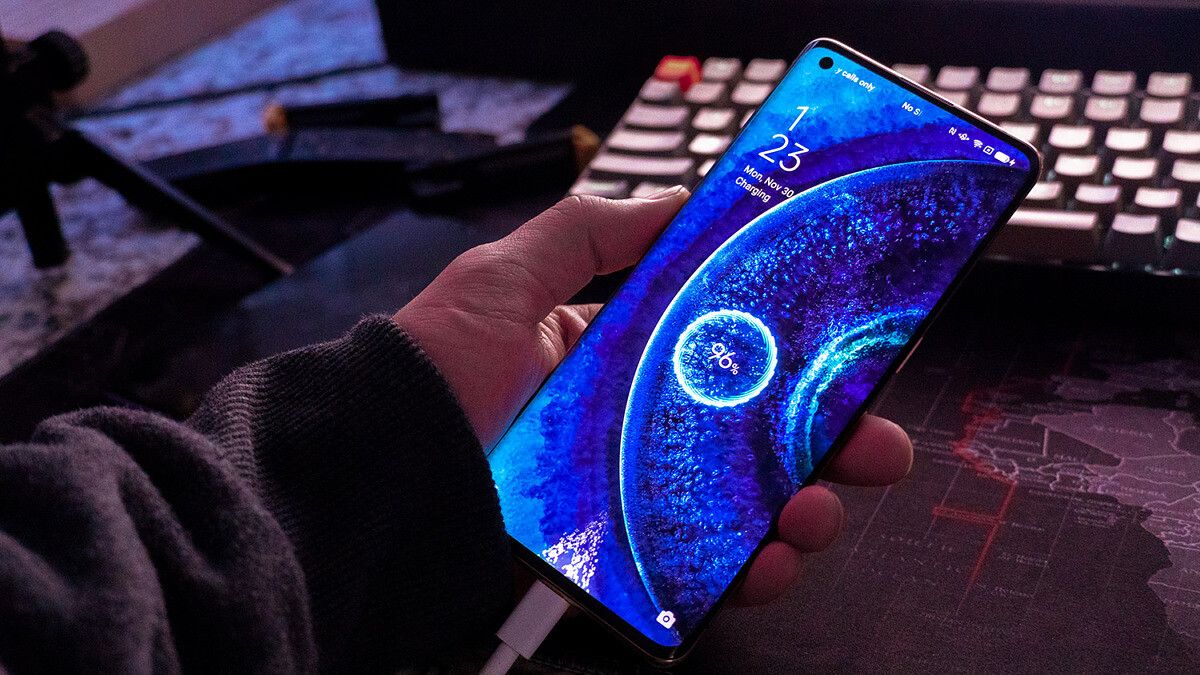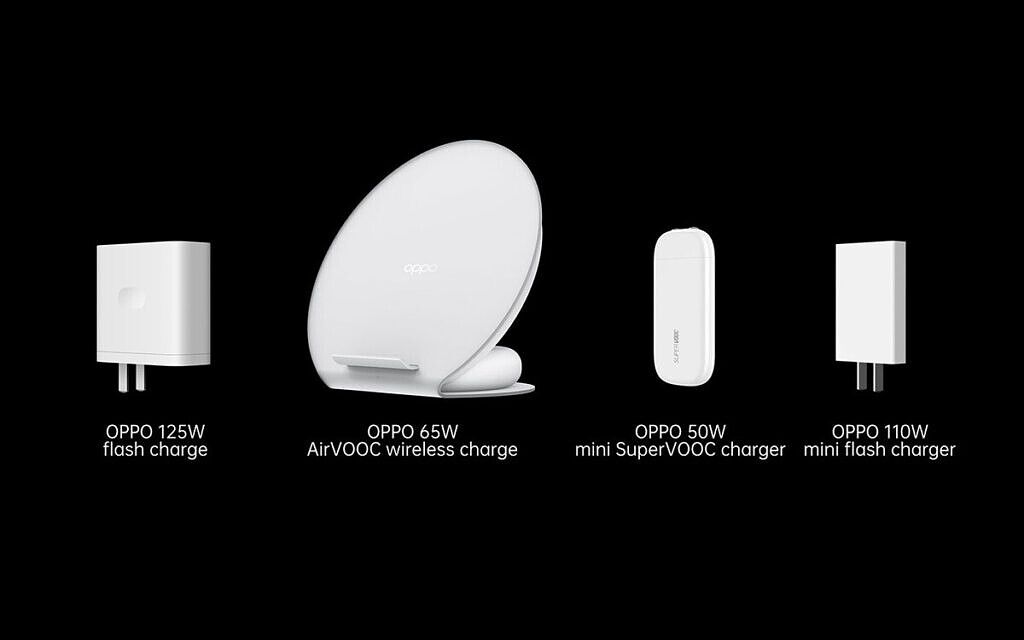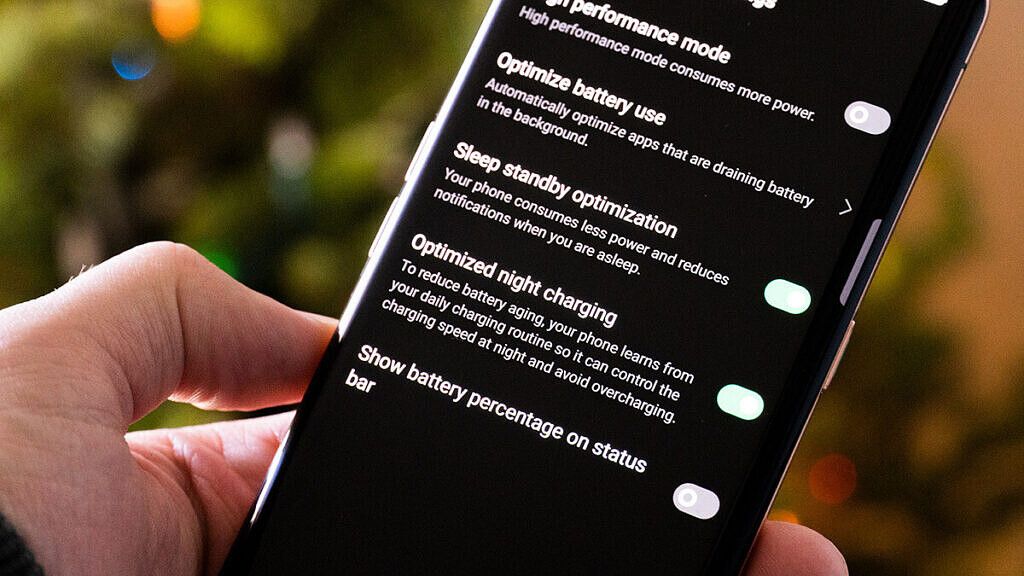Innovation in charging technology is an essential part of moving smartphone capabilities forward. To allow for more powerful internal components, batteries have to be able to accommodate this. In conjunction with larger batteries, faster charging can make this process less intrusive. With different ways of charging your phone, whether it's wireless or connected, it's important to make sure your battery stays healthy as long as possible. All of these things matter when it comes to creating the best battery experience on a phone.
Between 2010 - 2017, smartphone manufacturers focused on providing larger batteries to give the user a longer battery life. This worked for so long because as screen sizes got bigger, so could batteries. So increasing the size of a battery was the primary way to improve battery life. Smartphones saw a decent increase in the amount of time in between charges, but eventually, this way of increasing our battery capacity began to max out.
Companies then looked to other means to innovate in this area. This is when we saw a big focus on fast-charging solutions. If companies could no longer continue to increase the size of the battery, then reducing the time it takes to charge your phone, was the next step. OPPO was one of the first companies to start to offer real solutions in this area.
OPPO has been working hard at making better software, hardware, and charging methods to improve the way our smartphone batteries operate. With OPPO's Super VOOC technology, they've been able to achieve a 40% charge in just 10 minutes, on the OPPO Reno4. With 10V/5A charging which delivers 50W, while a 4000mAh battery phone takes just 30 minutes to reach a full charge.
This type of innovation from OPPO inspired many other companies to implement their own brand of fast charging technology, which lead to it becoming an industry standard. One of the specific technologies that really pushed the capabilities of smartphone batteries was dual-cell design, which ensures safety by avoiding the need for voltage reduction during the charging process. This type of system can take the 10V that is fed to the battery and share it between two 5V batteries at the same time. This ensures safety by avoiding the need for voltage reduction during the charging process, which can cut your charging time in half.
When smartphone companies began the race to faster charge speeds, OPPO was the first to bring 65W charging to consumers. Now they reached another milestone by being the first to 125W fast charging.
How ColorOS 11 Makes Fast Charging Better
The ability to fast charge your phone comes at a price. Higher temperatures have always come as a package deal with faster-charging speeds. These high temperatures can affect your internal battery, as well as the charging adapter itself. OPPO saw an opportunity to improve this situation and implemented new features in ColorOS 11.
Battery Guard is a feature that will help minimize wear on your battery, as well as prevent high temperatures while charging. This feature will let you toggle the “Optimized night charging” setting, which will make your phone begin to learn your daily routine. After you enable this function, ColorOS will stop your charging process when your battery reaches 80% capacity. Then, based on what time you wake up via AI learning technology, your phone will resume charging and reach 100%.
By using this feature, you’ll be protecting the health of your phone’s battery. Over time you’ll have a battery that degrades at a much slower rate. You’ll have a healthy and long-lasting battery with this improved charging method.
It's important that the user understand how their battery is being used, and what habits can cause it to drain faster or slower. To help users see this information, ColorOS 11 has a phone battery usage overview, where users can get this information at a glance.
ColorOS 11 takes it a step further and will show you details usage stats for specific apps. In the photo on the far left, you'll see the power consumption report for PUBG Mobile. You can see the Foreground active time, service time, background time, and the total amount and power consumed. After reviewing this data, you can toggle restrictions to improve your battery life.
One way that users can greatly improve their battery life is by using the aggressive Super Power Saving Mode. This will greatly extend the life of your battery in situations where you're not able to charge. Casual phone usage is barely affected by this mode, while unused features are shut off to save as much juice as possible. With Super Power Saving Mode, the phone can be on standby for 12 hours, text for 90 minutes, or make phone calls for 1 hour with just 5% battery, allowing users to stay connected and find a charger.
Many people who play games on their phone will notice their device getting hot after long gaming sessions. OPPO's Hyper Boost technology is a system that is able to allocate or restrict resources to your gaming experience. While prioritizing the bast gameplay, Hyper Boost will also monitor the heat from your phone's battery. If your device gets too hot, Hyper Boost will balance your game performance with the heat of your device. This results in a cooler phone, and a healthier battery.
Battery usage can be optimized on an app-by-app basis, giving the user more control over the power consumption of their phone. All of these ColorOS 11 features work together to make your battery experience as good as possible.
OPPO Eyes Further Innovation While Creating Better Battery Health Tools
While all of these new tools in ColorOS 11 are impressive, OPPO is still moving to improve on these features. While the new hardware allows for faster charging, it is equally important to keep up with the software features that make this possible. This is why ColorOS Battery Guard will continue to see improvements with new updates.
The Hyper Boost technology found in ColorOS 11 is what helps your phone deal with the heat problems that could come from fast charging. Now, this feature is being opened to third-party developers, which will allow this to be implemented on a larger scale.
All of this makes for a more exciting future for smartphone batteries. We are seeing massive improvements in this department, all across the smartphone industry. OPPO continues to lead the way in this department, so it's worth keeping an eye on what they'll come up with next.



